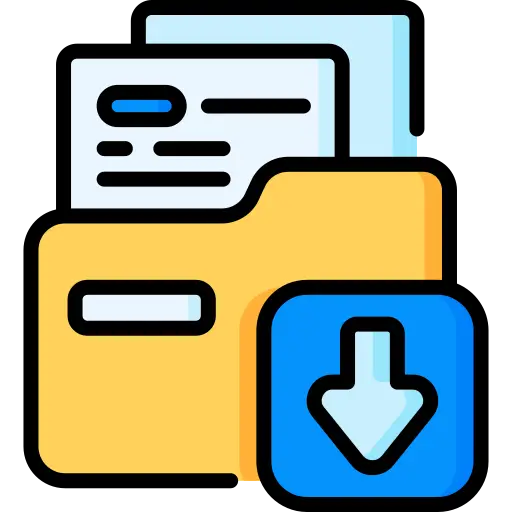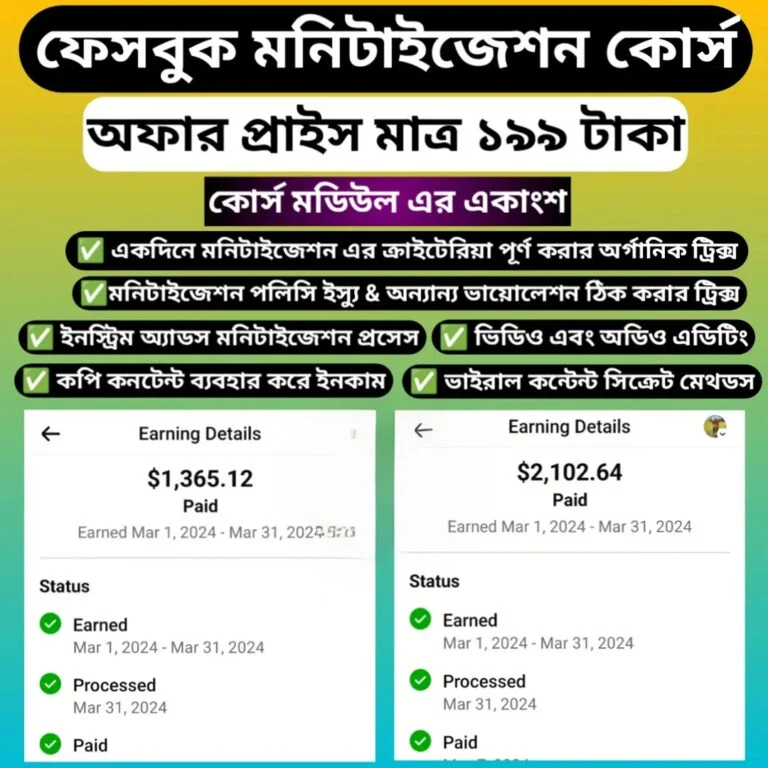
Instant Download

Get Reseller Access

After Sale Support

Limited Time Offer
300.00৳ Original price was: 300.00৳ .150.00৳ Current price is: 150.00৳ .
U.S. Bank Account Step-by-Step Guide in Bangla

Instant Download

Get Reseller Access

After Sale Support

Limited Time Offer
300.00৳ Original price was: 300.00৳ .150.00৳ Current price is: 150.00৳ .
Description
How to Apply for a U.S. Bank Account: A Step-by-Step Guide
Whether you’re a U.S. resident or an international visitor, opening a bank account in the United States is a smart move for managing money, accessing digital services, and securing your financial future. This guide walks you through the complete process—what documents you’ll need, how the application works, and which banks are best for residents and non-residents alike.
Why Open a U.S. Bank Account?
A U.S. bank account offers numerous advantages, especially for frequent travelers, international students, business owners, or future residents:
-
✅ Secure Transactions: Your funds are protected by FDIC insurance and advanced security protocols.
-
✅ Build U.S. Credit History: Essential if you’re planning to live, work, or study in the U.S. long-term.
-
✅ Efficient International Transfers: Faster and cheaper cross-border payments for global clients.
Types of Bank Accounts Available
-
Checking Account
-
For everyday transactions (debit card purchases, bill payments, etc.)
-
Often comes with online banking and check-writing features
-
-
Savings Account
-
Earns interest on deposits
-
Ideal for storing money over time
-
Withdrawal limits may apply
-
-
Certificate of Deposit (CD)
-
Offers higher interest rates
-
Requires locking in your money for a set period
-
Requirements to Open a U.S. Bank Account
For U.S. Residents (Citizens or Green Card Holders):
-
Government-issued ID (driver’s license or passport)
-
Social Security Number (SSN)
-
Proof of U.S. address (utility bill, lease agreement)
For Non-Residents (Tourists, Students, or Work Visa Holders):
-
Valid passport
-
U.S. visa or entry permit
-
ITIN (Individual Taxpayer Identification Number)
-
Proof of foreign or U.S. address
🔍 Note: Not all banks allow non-residents to open accounts. Always check bank-specific requirements.
Step-by-Step Process to Open a U.S. Bank Account
-
Research and Compare Banks
-
Find banks that support your residency status
-
Compare fees, services, and minimum deposit requirements
-
-
Gather Required Documents
-
Ensure your ID, SSN/ITIN, and proof of address are ready
-
-
Choose the Right Account Type
-
Decide between checking, savings, or CD based on your needs
-
-
Apply Online or In-Branch
-
U.S. residents can often apply online
-
Non-residents usually need to apply in person
-
-
Make the Initial Deposit
-
Most banks require an opening deposit ($25–$100)
-
-
Account Setup & Online Banking Access
-
Once approved, you’ll receive account credentials
-
You can start managing funds, making transfers, and tracking spending online
-
Tips for Non-Resident Applicants
-
✅ Choose Banks That Support Foreign Applicants:
Look for global banks like Wells Fargo, HSBC, Citibank, or Bank of America -
✅ Apply in Person:
Non-residents often need to visit a U.S. branch to open an account -
✅ Get an ITIN:
If you don’t have an SSN, an ITIN helps with tax reporting and identity verification






Reviews
There are no reviews yet